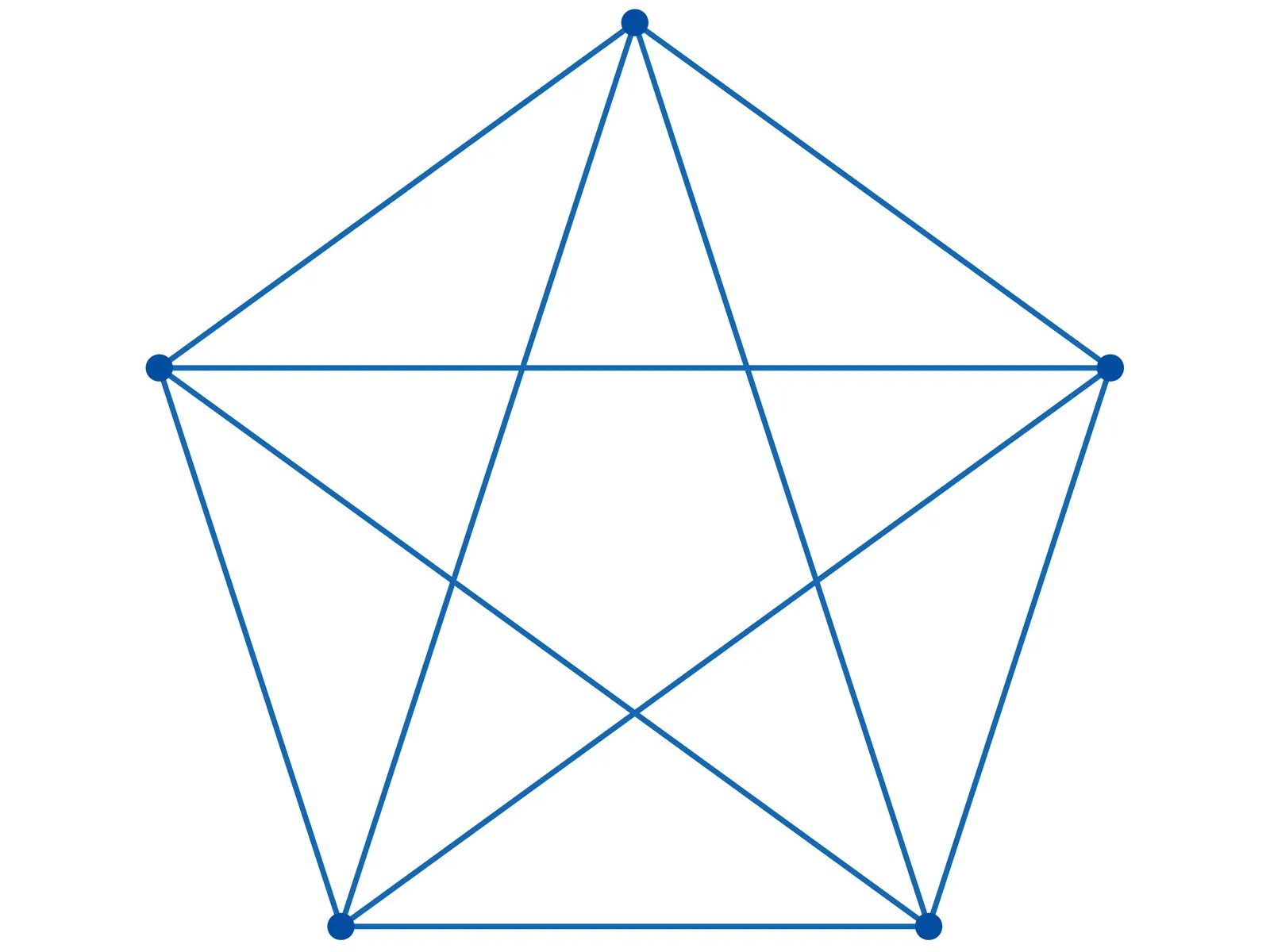
Szemerédi's Theorem is a groundbreaking result in the field of mathematics, with far-reaching implications and applications. Named after Hungarian mathematician Endre Szemerédi, this theorem has captivated the minds of mathematicians and researchers since its discovery in the 1970s. It addresses a fundamental concept in number theory and combinatorics, shedding light on the intricate patterns and structures that underlie seemingly random sequences of numbers. As we delve into the depths of Szemerédi's Theorem, we uncover its profound impact on diverse areas, from cryptography and computer science to pure mathematics and beyond. Let's embark on a journey to unravel the enigmatic beauty of this theorem and explore the fascinating insights it offers into the nature of numbers and patterns.
Key Takeaways:
- Szemerédi’s Theorem, proved in 1975, revolutionized combinatorics and inspired research in math. It explores patterns in sets of integers and has applications in computer science, making it a cornerstone of modern mathematics.
- The theorem’s complex proof and far-reaching implications have solidified its status as a cornerstone of modern mathematics, inspiring further exploration and advancements in diverse mathematical domains.
Szemerédi's Theorem is a Landmark Result in Mathematics
Szemerédi's Theorem, a groundbreaking result in combinatorics, was proved by Hungarian mathematician Endre Szemerédi in The theorem addresses the distribution of arithmetic progressions in sets of integers, making it a pivotal contribution to the field of discrete mathematics.
It Revolutionized the Study of Combinatorics
Szemerédi's Theorem revolutionized the study of combinatorics by providing deep insights into the distribution of arithmetic progressions within sets of integers. This theorem has far-reaching implications and has inspired numerous developments in various branches of mathematics.
The Theorem Addresses the Distribution of Arithmetic Progressions
Szemerédi's Theorem focuses on the distribution of arithmetic progressions within sets of integers, shedding light on the intricate patterns and structures that underlie these sequences. This has profound implications for understanding the behavior of integers and has sparked extensive research in the field.
It Laid the Foundation for the Field of Additive Combinatorics
Szemerédi's Theorem laid the foundation for the field of additive combinatorics, which explores the properties of additive structures in various mathematical settings. This theorem has opened up new avenues for investigating the additive properties of sets and has led to significant advancements in the field.
The Proof of Szemerédi's Theorem is Highly Complex
The proof of Szemerédi's Theorem is highly intricate and involves sophisticated mathematical techniques, including the application of advanced combinatorial and probabilistic methods. This complexity underscores the depth and significance of the theorem in the realm of mathematics.
It Has Implications for Number Theory and Discrete Mathematics
Szemerédi's Theorem has profound implications for number theory and discrete mathematics, providing valuable insights into the distribution and structure of integers. Its far-reaching consequences have influenced diverse areas of mathematics, enriching the understanding of fundamental mathematical concepts.
The Theorem Has Applications in Computer Science
Szemerédi's Theorem has found applications in computer science, particularly in the analysis of algorithms and the study of computational complexity. Its insights into the distribution of arithmetic progressions have contributed to the development of efficient algorithms and data structures.
Szemerédi's Theorem Continues to Inspire Further Research
Szemerédi's Theorem continues to inspire extensive research and exploration in mathematics, serving as a catalyst for new discoveries and advancements in combinatorics, number theory, and related fields. Its enduring impact underscores its status as a cornerstone of modern mathematics.
Szemerédi's Theorem, a landmark result in mathematics, has had a profound impact on the study of combinatorics, number theory, and discrete mathematics. This groundbreaking theorem, proved by Hungarian mathematician Endre Szemerédi in 1975, addresses the distribution of arithmetic progressions within sets of integers, offering deep insights into the intricate patterns and structures that underlie these sequences. The theorem has revolutionized the field of combinatorics and laid the foundation for additive combinatorics, inspiring extensive research and finding applications in computer science. Its complex proof and far-reaching implications have solidified its status as a cornerstone of modern mathematics, continuing to inspire further exploration and advancements in diverse mathematical domains.
Conclusion
In conclusion, Szemerédi's Theorem stands as a remarkable achievement in the realm of mathematics, offering profound insights into the distribution of integers in sequences. Its impact reverberates across various fields, from combinatorics to theoretical computer science, enriching our understanding of fundamental mathematical concepts. As we delve into the intricacies of this theorem, we uncover a world of patterns and structures that illuminate the beauty and complexity of mathematics. Szemerédi's Theorem continues to inspire and challenge mathematicians, serving as a testament to the enduring allure of mathematical exploration.
FAQs
What is the significance of Szemerédi's Theorem?Szemerédi's Theorem holds immense significance in the field of mathematics, particularly in combinatorics and number theory. It provides profound insights into the distribution of integers in sequences, shedding light on fundamental patterns and structures within mathematical systems.
How does Szemerédi's Theorem impact other fields?The impact of Szemerédi's Theorem extends beyond mathematics, influencing diverse fields such as theoretical computer science and cryptography. Its implications have paved the way for advancements in algorithmic complexity and the understanding of random-like behavior in deterministic systems.
Was this page helpful?
Our commitment to delivering trustworthy and engaging content is at the heart of what we do. Each fact on our site is contributed by real users like you, bringing a wealth of diverse insights and information. To ensure the highest standards of accuracy and reliability, our dedicated editors meticulously review each submission. This process guarantees that the facts we share are not only fascinating but also credible. Trust in our commitment to quality and authenticity as you explore and learn with us.
